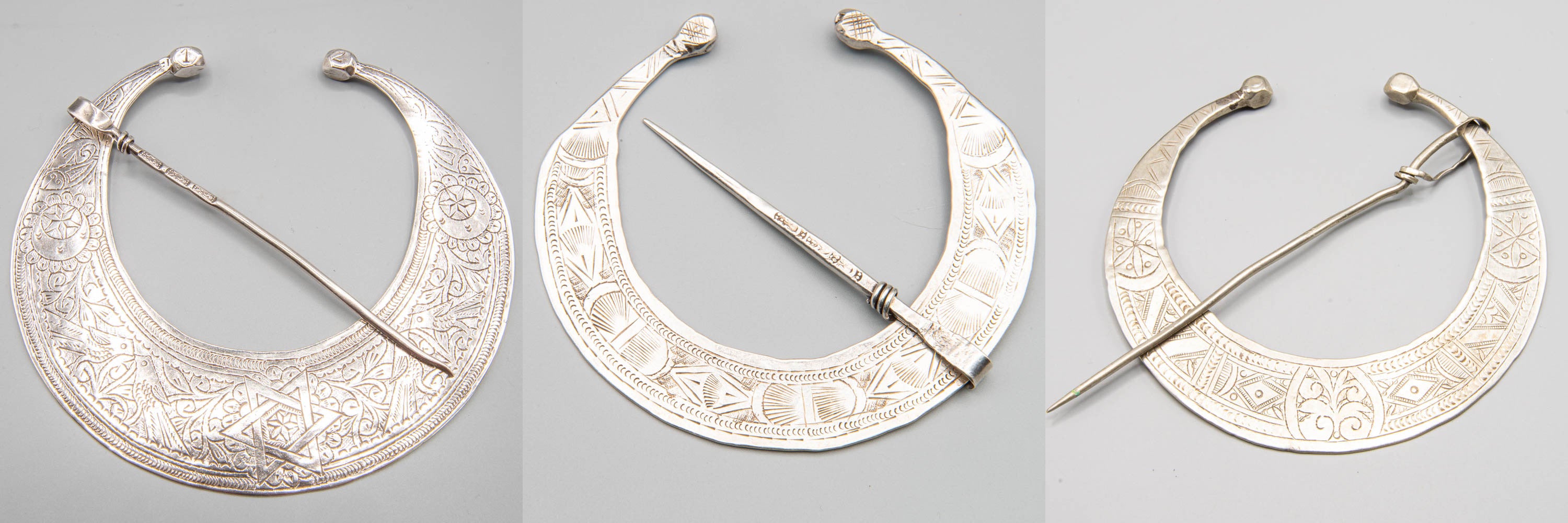Article: The large half-moon fibula, worn in Libya and Tunisia

The large half-moon fibula, worn in Libya and Tunisia
Libyan silver jewelry is very similar in form and decoration to that of Egypt and southern Tunisia. Most were made in Tripoli's jewelers' souq (Souq al-Siyagha, سوق الصياغة), where numerous silversmiths produced various types of adornment intended not only for the local market but also for export.

